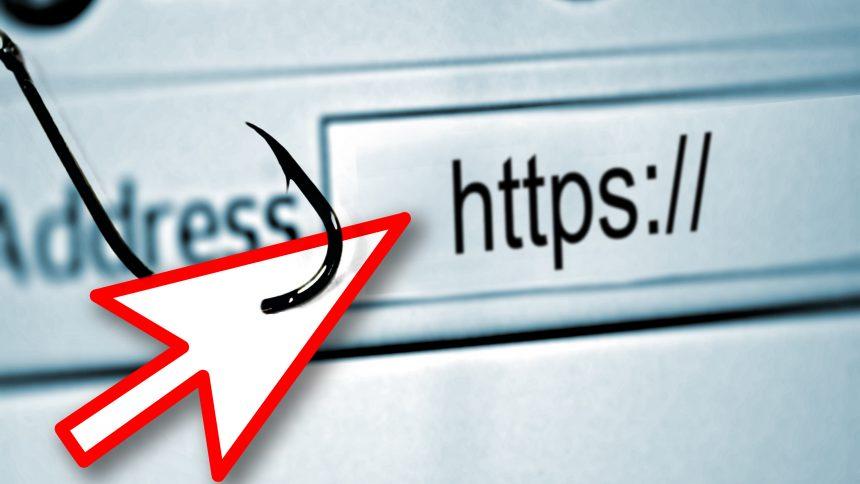Browser hijackers represent a particular form of malware designed to manipulate and control web browsers. Unlike general malware, which may aim to cause broad system damage or steal data, browser hijackers specifically target web browsing behavior. They alter browser settings, redirect searches, and flood users with unwanted ads, all with the goal of generating revenue for the perpetrators through various means such as affiliate marketing or ad revenue.
General Purpose and Threat of Browser Hijackers
The primary purpose of a browser hijacker is to disrupt a user’s browsing experience by modifying their default search engine, homepage, and new tab settings. These hijackers often infiltrate systems via malicious downloads, deceptive ads, or bundled software. Once installed, they can lead to a range of issues, including degraded system performance, exposure to potentially harmful websites, and the risk of further malware infections.
The threat posed by browser hijackers extends beyond mere inconvenience. They can compromise user privacy by tracking browsing habits and personal data. Additionally, they can redirect users to fraudulent or harmful sites, potentially leading to phishing attacks or the spread of additional malware.
Difference Between Adware and Browser Hijackers
While both adware and browser hijackers are forms of unwanted software that generate revenue through ads, their behaviors differ. Adware primarily focuses on displaying intrusive advertisements, which may appear as pop-ups or banners, whereas browser hijackers are more aggressive. They not only display ads but also alter browser settings, redirect search results, and disrupt the user’s control over their browsing environment.
The Threat: Re-Captcha Version 5.1
One notable example of a browser hijacker is Re-Captcha Version 5.1. This malicious software is designed to hijack browser settings and redirect users to unwanted websites. The installation of Re-Captcha Version 5.1 typically occurs through deceptive tactics such as bundled software downloads or fake software updates.
Upon installation, Re-Captcha Version 5.1 alters the browser’s default search engine and homepage settings. It redirects users to its affiliated websites, often involving suspicious or low-quality content. This redirection can lead to a host of issues, including exposure to further malicious software, unwanted ads, and potential phishing scams.
The detrimental consequences of Re-Captcha Version 5.1 include reduced system performance, increased vulnerability to additional malware, and a compromised browsing experience. Users may find themselves constantly redirected to irrelevant or harmful websites, which can be both frustrating and dangerous.
Detection Names
Anti-malware software may detect Re-Captcha Version 5.1 under various names. Some of the common detection names include:
- Re-Captcha.5.1
- BrowserHijacker.ReCaptcha
- PUP.ReCaptcha
- Adware:ReCaptcha
It is important to be aware of these names if you are running a system scan and suspect that your computer may be infected.
Similar Threats
In addition to Re-Captcha Version 5.1, users may encounter similar threats such as:
- SearchMine: Another browser hijacker that changes browser settings and redirects users to unwanted sites.
- Conduit Toolbar: Alters browser settings and introduces unwanted toolbars and ads.
- Delta Search: Hijacks browser settings to redirect users to its own search engine.
Removal Guide
To remove Re-Captcha Version 5.1 and other similar browser hijackers, follow these steps:
- Uninstall Suspicious Programs:
- Go to the Control Panel on your computer.
- Select “Programs” or “Programs and Features.”
- Look for any unfamiliar or suspicious programs related to Re-Captcha or similar names.
- Click “Uninstall” to remove them from your system.
- Remove Suspicious Extensions:
- Open your web browser.
- Go to the extensions or add-ons menu.
- Look for any extensions related to Re-Captcha or unknown sources.
- Remove or disable these extensions.
- Reset Browser Settings:
- Open your web browser.
- Go to the settings or options menu.
- Look for a “Reset” or “Restore settings” option.
- Reset your browser settings to default to undo changes made by the hijacker.
- Run a Full System Scan:
- Download and install SpyHunter.
- Launch the anti-malware tool and perform a full system scan.
- Follow the tool’s instructions to remove any detected threats.
- Check and Remove Remaining Files:
- Manxually check your system for any remaining files or folders related to Re-Captcha Version 5.1.
- Delete these files if found.
Preventing Future Infections
To avoid future infections by browser hijackers and other unwanted software:
- Be Cautious with Downloads: Only download software from trusted sources and avoid clicking on suspicious links.
- Use Reputable Anti-Malware Software: Keep your anti-malware software up-to-date to detect and prevent new threats.
- Regularly Update Software: Ensure that your operating system and applications are updated with the latest security patches.
By following these guidelines, you can protect your system from browser hijackers and other forms of malware.
For an effective and comprehensive solution to remove Re-Captcha Version 5.1 and other malware threats, download SpyHunter today. Perform a free scan to ensure your system is clean and secure!





